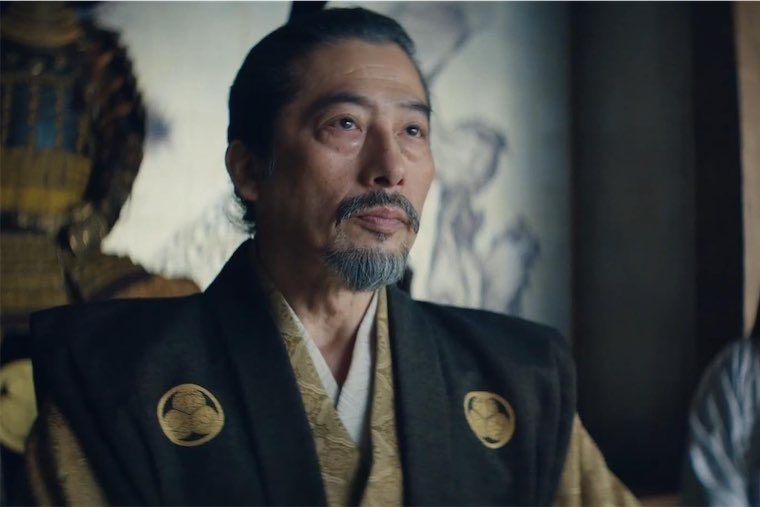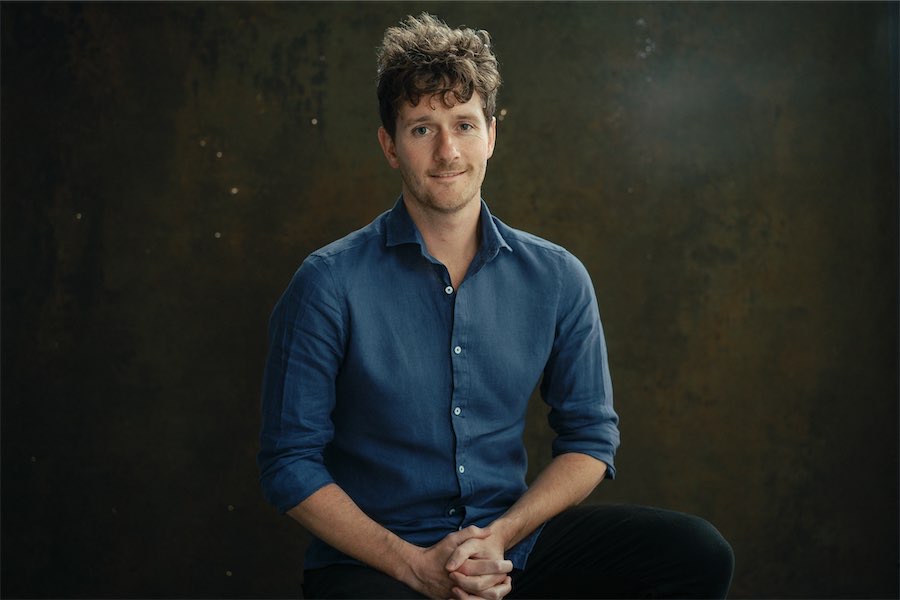
IT’S one thing to talk about global warming and quite another thing to do something about it, as well-known Gundaroo potter, Ian Jones, has been discovering.
In the early ’80s Jones trained at the old Canberra School of Art and at Cuppacumbalong Pottery and bought an old church at Gundaroo.
Since 2002, he and his wife and fellow potter Moraig McKenna have been operating out of what they first called the Laughing Frog Pottery but now, more respectably, Old Saint Luke’s Studio Pottery and Gallery.
The type of firing they practice is unusual and potters are willing to travel long distances, even internationally, to help with the firing and preparation.
In 1989 Jones first started considering the problem of global warming while researching for a paper on the environmental impacts of wood-firing to present at a ceramics conference in Gulgong, NSW.
He found that the use of timber in ceramic kilns was largely carbon neutral, and that if he were to use waste wood from industry it would reduce other issues of deforestation and habitat loss.
Quick with a clever turn of phrase, Jones coined the expression “canned sunlight” to describe the 30 or 40-year cycle of carbon storage and release that is involved with the growth of pine trees, his fuel of choice.
For the last 20 years the fuel for his wood-fired kilns has come from waste wood that would otherwise have been burnt, sourced from tree surgeons in the Canberra district.
At the end of September, he and McKenna, with a team of other interested potters, fired their five-metre-long, Japanese-influenced “anagama” kiln and about every 10 minutes for the 150 hours of the firing, a wheelbarrow full of pine was stoked into the firebox, generating heat of more than 1300 degrees.
A week later the pots, glazed by the wood-ash that had floated through the kiln and melted on the clay surfaces, were drawn out of the kiln by the firing team, potters from Sydney and the Canberra region.
After six days of throwing waste pine into the wood kiln, they finished the firing just in the nick of time, it turned out, as the next day a total fire ban was imposed, which would have forced them to finish unprepared.
And the results?
Philosophically, Jones says, it’s in the nature of this type of firing that some of the pots are disappointing, some are exceptional, but none is boring.
Saint Luke’s, built in 1848, is one of the oldest churches in the Canberra district. With the adjacent cemetery, it provides some of the last evidence of the village that was known as Upper Gundaroo.
It may sound idyllic but even there, Jones became increasingly aware that he should do everything he could to make the practice more carbon-neutral, so turned to a solution few potters would have dreamt up.
“I decided that I had to stop firing students’ work in the gas kiln using LPG. Over the last six months I have built a kiln that is run using waste cooking oil from a local takeaway shop,” he says, explaining that waste vegetable oil has the same benefits as using waste pine to fire kilns, it’s essentially carbon-neutral, yet needs to be disposed of.
“It is a fantastic fuel, perhaps I should call it “liquid sunlight,” he says, coining another phrase.
“We have now fired this kiln 15 times, using a renewable fuel and saving a considerable amount of money compared to using LPG… firing with oil, I have been able to achieve a temperature of 1300 degrees in less than five hours compared to the eight or nine hours for a gas firing.”
So far, so good. With solar panels and a battery reducing electricity and by using wood and waste vegetable oils for their kilns, he believes they’re getting closer to the carbon-neutral production of pottery.
And his next plan?
“To get my diesel car running on waste vegetable oil.”
Ian Jones and Moraig McKenna will hold an open day at Old Saint Lukes Studio Pottery and Gallery, Gundaroo, December 9-10.
Who can be trusted?
In a world of spin and confusion, there’s never been a more important time to support independent journalism in Canberra.
If you trust our work online and want to enforce the power of independent voices, I invite you to make a small contribution.
Every dollar of support is invested back into our journalism to help keep citynews.com.au strong and free.
Thank you,
Ian Meikle, editor




Leave a Reply